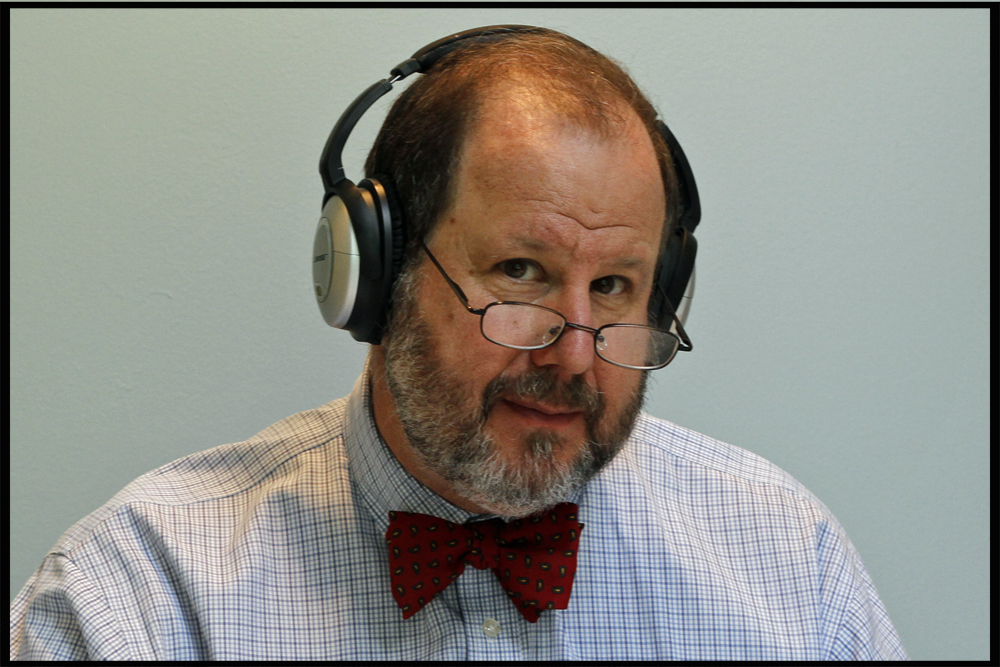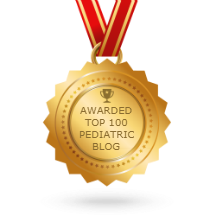
Podcast: Play in new window | Download
Vaccines
In the coming months, I am going to take a deeper look at vaccines. I am fielding lots of questions in the office about the safety of vaccines. People are scared. Are they wrong? Should they be?
Let me start here: first off, I am solidly pro vaccine. That is not the same as to be in agreement with the current vaccine schedule or that vaccines are without risk. I believe that the vaccine schedule and the risk should be questioned on a rolling basis in perpetuetum. This is the function of medical science. Question dogma always. Look for errors of past thinking and reassess on a continual basis.
I think that on the face of it, the skepticism is well placed as the organizations tasked with our safety have made a mess of being honest during the COVID pandemic vaccine rollout….. plus a literature review.
Dr. M





















